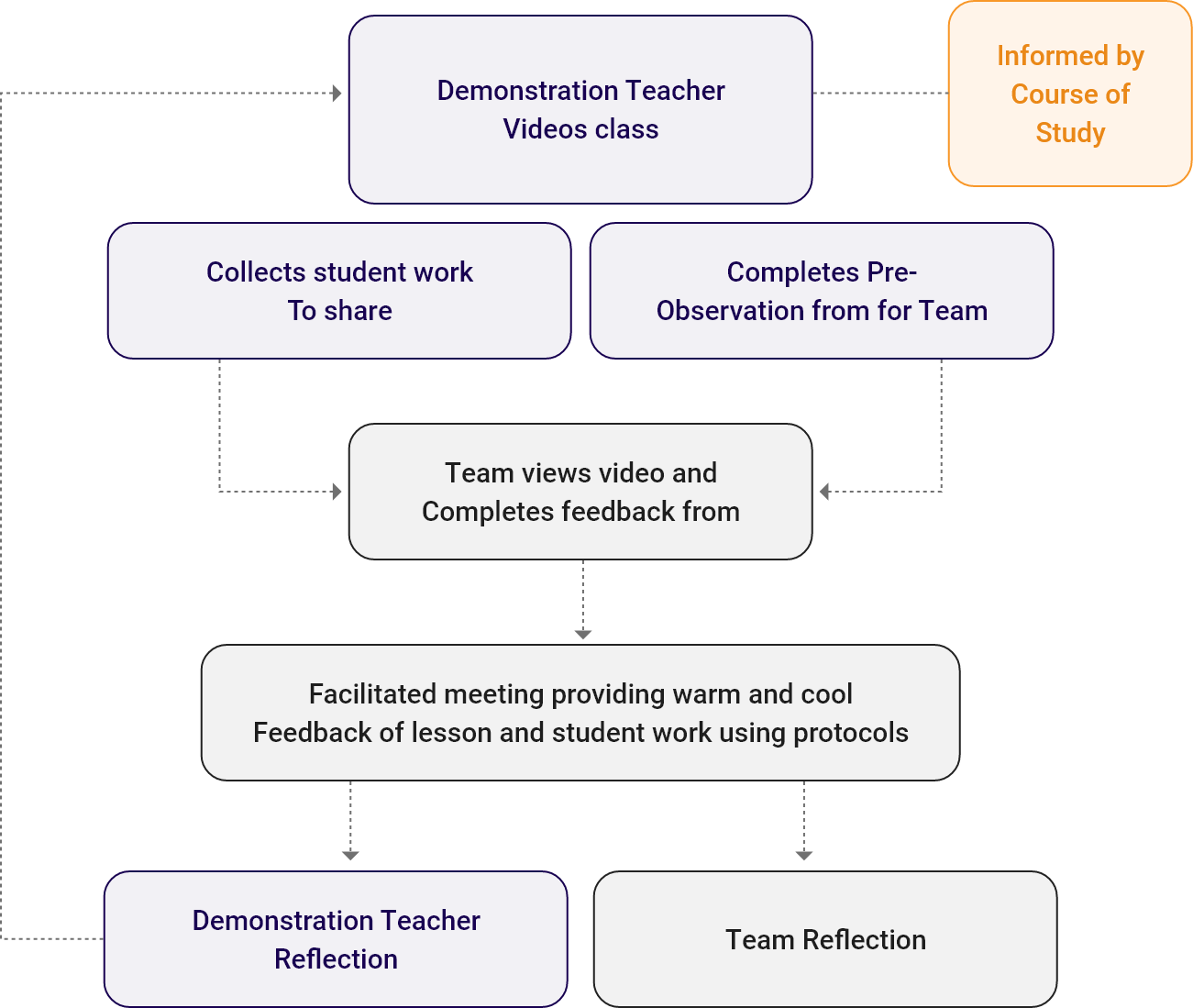2-PS1-1 Plan and conduct an investigation to describe and classify different kinds of materials by their observable properties.
The first semester of the Fellows work together is in sharing lessons of the same science content and reflecting on the same research article across grade levels. Vertical articulation of curriculum allows Fellows to better understand the journey of their students from pre K to high school.

It is the first step in the SEF program and begins immediately following the welcoming ceremony. The first semester of the SEF program has teams of teachers from elementary, middle and high schools working cooperatively to better understand the vertical articulation of content curriculum. By the end of the semester, they have a better sense of what was learned/will be learned at different grade levels as well as how it was/will be learned. At the end of the semester, each team shares their lessons learned at a mini-conference.
The cohort of twenty teachers from five districts are placed into four teams – biology, chemistry, physics, earth/environmental science. The elementary teachers and some middle school teachers can be placed on any team while the secondary teachers are placed within the discipline matching their certification area.
Example Vertical Teaming Membership.
After meeting their VCCLS team members, the team decides on a course of study for the semester. The course of study has two components: a content topic and pedagogical approach based on a research article about that content topic. Each teacher will teach a related lesson to that content topic during the semester appropriate to their grade level applying the research article.
2-PS1-1 Plan and conduct an investigation to describe and classify different kinds of materials by their observable properties.
5-PS1-1 Develop a model to describe that matter is made of particles too small to be seen.
MS-PS1-1 Develop models to describe the atomic composition of simple molecules and extended structures.
HS-PS1-1 Use the periodic table as a model to predict the relative properties of elements based on the patterns of electrons in the outermost energy level of atoms.
Example NGSS Standards Across Grade Levels
Example COS for one Cohort of Fellows.

